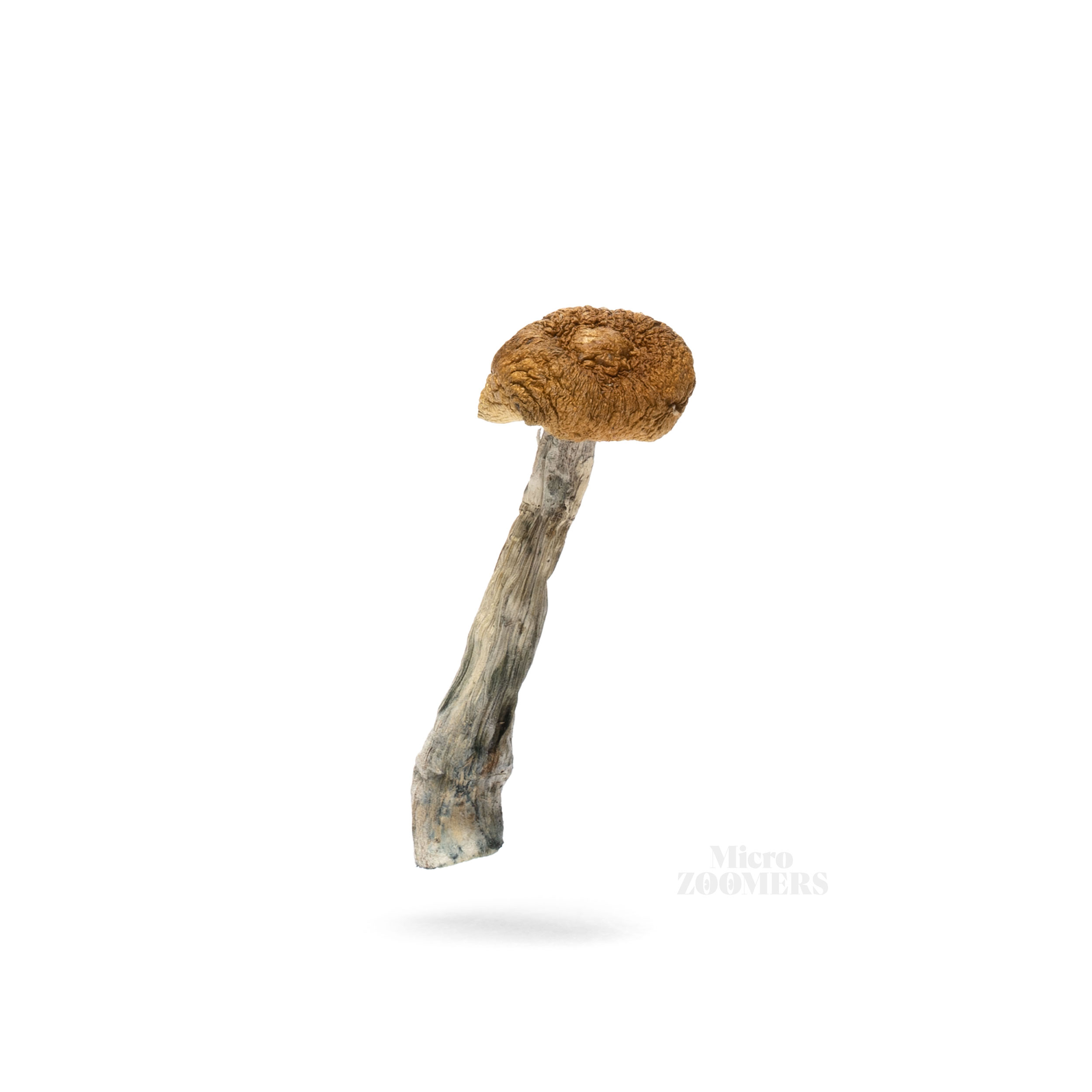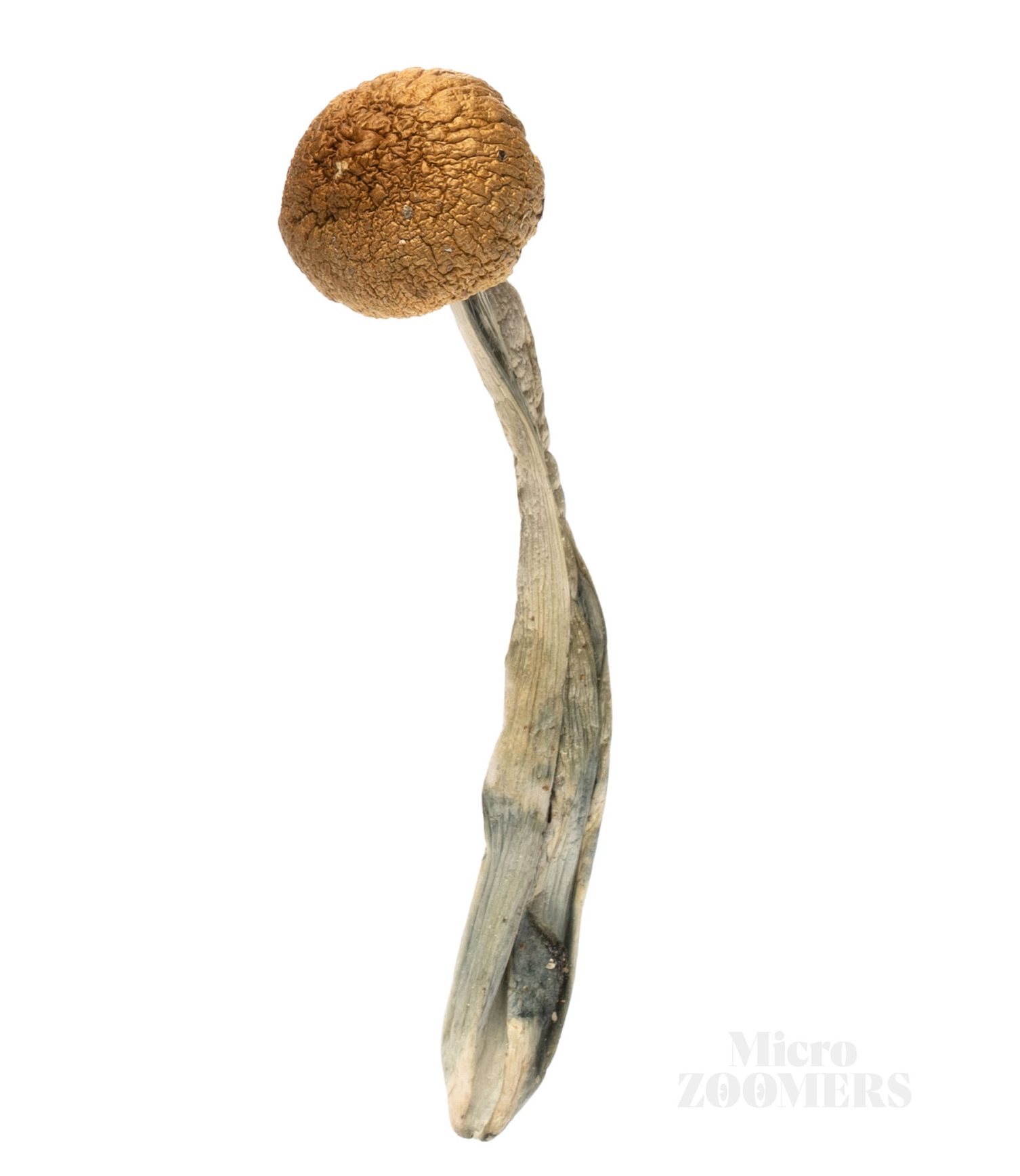
PSILOCYBE SUBCUBENSIS
Psilocybe subcubensis is a moderately active magic mushroom that was found by Mexican mycologist Gaston Guzmán and was not described until 1978. It is macroscopically undistinguishable to P.cubensis, the species collected in Cuba in 1904, also commonly known as Golden Tops.
Psilocybe subcubensis is a pan-tropical subtropical psychotropic specie naturally growing on water buffalo dung or in rich pastures. Like its close relative P. cubensis, P. subcubensis is easily cultivated in sterile or semi-sterile conditions.
Traditionally called by the Thai natives as “hed keequai” translating to “mushroom which appears after water buffalo defecates”, these magic fungi have been around for decades.
Cultivated by cattle owners and foreigners, the sale of psychoactive fungi to tourists or resort restaurants for use of edible food items such as omelettes and soups was common in the seventies and eighties.
Unfortunately, some were adulterated with artificial hallucinogenics such as LSD and sent a few tourists on traumatizing mind-bending trips. One story relates a young Austrian that ended at the psychiatric hospital for months. In reaction, in 1988, a Thai law prohibited the promotion and consumption of recreational neurotropic mushrooms.
In Central America, the Mazatecs call Psilocybe subcubensis “di-xi-tjo-le-rra-Ja” translating to “divine mushroom of manure”, and “nti-xi-tjo-le-ncha-ja” which means “dear little thing pertaining to the steer”.
Interesting fact: in the region of Oaxaca, because Psilocybe cubensis and P. subcubensis are associated with manure, many shamanic healers (including the late Maria Sabina) consider them to be inferior and prefer not to use them, favouring moss-loving species such as P. mexicana and P. aztecorum instead.
Nonetheless, in the world of magic mushrooms, this dung-loving specie is loved by both consumers and growers.
Visual Description
PSILOCYBE SUBCUBENSIS Potency
Habitat Origin





